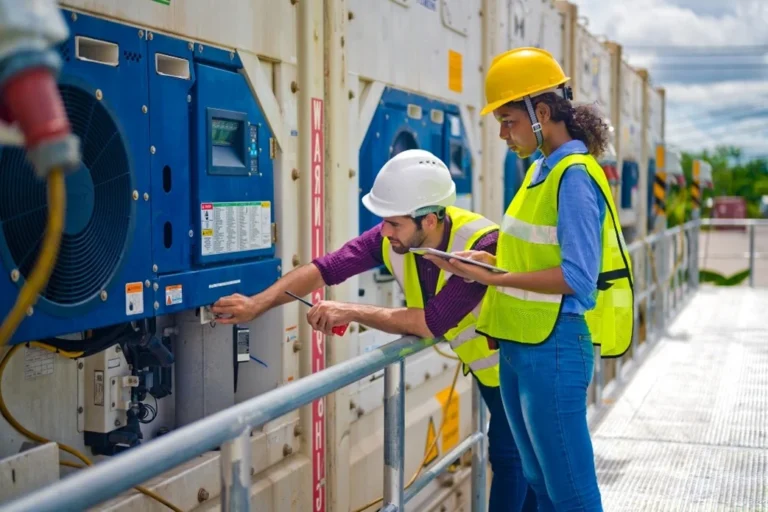Transporting temperature-controlled goods presents unique challenges that demand careful planning and precise execution. Whether you are handling perishable food, sensitive pharmaceuticals, or delicate chemicals, maintaining the right temperature throughout the journey is crucial. Failure to do so can lead to product degradation, financial loss, or even health risks. This guide outlines essential steps to ensure your temperature-sensitive cargo arrives in optimal condition.
Understanding the Importance of Temperature Control
Temperature control is essential for preserving the quality and safety of various goods during transit. For example, perishable foods must remain within a specific temperature range to avoid spoilage, while vaccines and other pharmaceuticals require precise temperatures to maintain their efficacy. A minor fluctuation can render these products unusable, leading to significant consequences.
When selecting a temperature controlled courier, it’s important to choose one that specialises in maintaining the required conditions from start to finish. This ensures that your products are kept at the correct temperature throughout their journey, providing peace of mind and reducing the risk of spoilage or damage.
Preparing Your Goods for Transport
The preparation of temperature-controlled goods is a critical step in the transportation process. This involves understanding the specific temperature requirements of your products and taking measures to ensure these conditions are maintained throughout the journey. Proper packaging, insulation, and monitoring are key factors that contribute to successful temperature-controlled transportation.
First, you must select the appropriate packaging materials. Insulated containers, gel packs, and dry ice are commonly used to maintain the desired temperature range. Ensure that your chosen materials are suitable for the duration of the journey and the type of goods being transported. For example, dry ice is effective for frozen products, while gel packs might be better suited for chilled items.
Monitoring and Tracking During Transit
Once your goods are packed and ready for transport, it’s essential to monitor the temperature throughout the journey. Modern technology provides various tools to help with this, such as temperature data loggers and GPS tracking systems. These devices allow you to track the temperature in real-time and receive alerts if any deviations occur.
Implementing a robust monitoring system not only ensures the safety of your goods but also provides valuable data that can be used to improve future transportation processes. If a temperature excursion does occur, having accurate data allows you to address the issue promptly, minimising potential damage.
Handling and Delivery
The final stage of transporting temperature-controlled goods is the handling and delivery process. Ensure that your courier service is aware of the specific requirements for your goods and is equipped to handle them accordingly. Specialised training for handling temperature-sensitive products can make a significant difference in ensuring they arrive in perfect condition.
During delivery, the last mile is often the most critical. The goods should be transferred directly to a temperature-controlled environment at the destination, minimizing the time they spend outside of controlled conditions. Proper planning and communication with the receiving party can help ensure a smooth and successful delivery.

